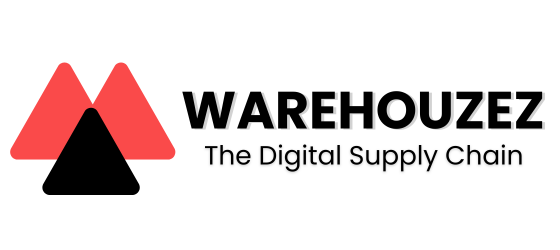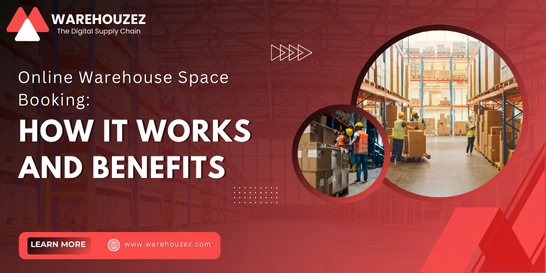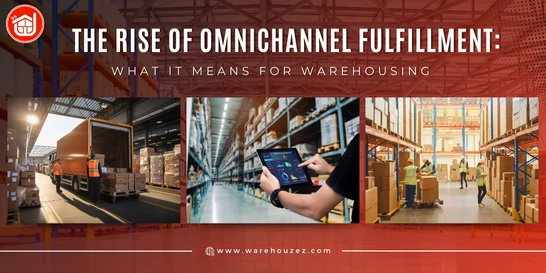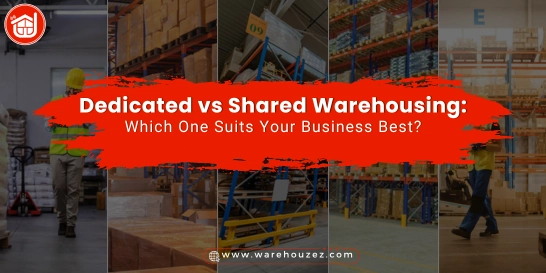Inventory Carrying Costs: What They Are and How to Reduce Them
Inventory Carrying Costs: What They Are and How to Reduce Them
Every product-based business knows the importance of effective inventory management. It ensures that there is always sufficient stock to fulfill customers' orders. This keeps operations running smoothly while increasing customer satisfaction and profitability.
A crucial aspect of inventory management is controlling inventory carrying costs. These include all expenses related to holding, storing, and maintaining inventories. They can certainly have a significant impact on a company's finances.
In today's highly competitive and fast-paced industry, managing inventory carrying costs is necessary. Otherwise, it can tie up capital and reduce profits. By understanding and minimizing these expenses, businesses can improve their cash flow and overall financials.
In this blog post, we will discuss what inventory carrying costs are and why they matter. We will also provide proven ways to reduce them. So, let's get started!
What are Inventory Carrying Costs?
Inventory carrying costs refer to the expenses that businesses incur to store and maintain their unsold goods. These expenses encompass storage fees, insurance, taxes, and capital tied up in stock, as well as costs related to risks such as damage or obsolescence. These costs can have financial implications for businesses of all types, regardless of their industry or size.
They directly impact cash flow by requiring ongoing finances to maintain stock. Moreover, higher carrying costs can reduce profitability by increasing operational expenses. This capital could otherwise be allocated to business expansion, growth investments, and innovation. So, reducing inventory costs is not merely an option but a necessity for companies aiming to gain a competitive edge. This, in turn, can help increase supply chain efficiency.
Why are Inventory Carrying Costs Important for Businesses?: Benefits and More
As discussed above, cost-effective inventory management is imperative for companies nowadays. It helps them maintain accurate stock levels, avoid stockouts and overstocks, and minimize unnecessary holding costs. Additionally, it can also boost businesses' bottom lines and enhance customer experiences.
Here's a look at the benefits businesses can enjoy by optimizing their inventory-related expenses:
- Better allocation of resources
- Cash flow management
- Enhanced profitability margins
- Increased efficiency in supply chain operations
- Reduced risk of inventory obsolescence
Types of Inventory Carrying Costs
Inventory carrying costs cover all the expenses incurred in stocking goods in a store or warehouse. These expenses can be divided into four parts, including:
-
Storage Costs
Storage costs refer to the money spent on storing and maintaining stock levels. These expenses include rent payments for warehouse space, utility bills, maintenance costs for storage equipment, and labor costs for handling and storing goods. Factors influencing storage costs include the location and size of the warehouse, the type of goods being stored (like perishable goods requiring specialized storage conditions). Businesses can reduce storage expenses with automation, efficient use of space, and strategic warehouse locations. Additionally, they can also consider working with a 3PL service provider or a warehousing company.
-
Capital Costs
Capital costs cover the funds tied up in inventory that could otherwise be invested somewhere else. These include the initial purchase cost of inventory, as well as the opportunity cost of tying up capital that could be used for other business investments or operations. High capital costs limit liquidity and flexibility for businesses. Accurate demand forecasting and just-in-time inventory practices can help minimize capital costs and improve financial efficiency.
-
Service Costs
These are the expenses spent on insurance premiums, taxes, and other administrative fees. Insurance protects against potential losses from theft, damage, or natural disasters. Talking about taxes, they vary based on local regulations and the value of inventory. To optimize these expenses, businesses should evaluate insurance coverage levels, negotiate favorable tax arrangements, and implement risk management strategies to mitigate potential losses.
-
Risk Costs
Risk costs encompass potential losses due to obsolescence, shrinkage, damage, or shifts in market demand. Obsolescence occurs when products become outdated or obsolete before they can be sold, leading to write-offs and lost revenue. Shrinkage refers to losses from theft, pilferage, or administrative errors. Damage can happen during material handling, storage, or in transit. Mitigating these risks requires robust inventory management systems, regular audits, quality control measures, and proactive management of supplier relationships.
Proven Ways to Reduce Inventory Carrying Costs
Let's take a glance at the ways to reduce and optimize inventory-related expenses:
-
Improve Inventory Forecasting
Accurate forecasting can help predict demand and avoid overstocking or stockouts. Businesses can use data on market trends, consumer preferences, and sales-purchase history to make informed decisions.
-
Implement Just-In-Time (JIT) Inventory
It is perhaps the best way to minimize carrying costs and optimize stock levels. JIT can reduce the amount of inventory held by receiving goods only as needed. This helps minimize storage costs while reducing waste.
-
Negotiate Better Terms with Suppliers
Having proper payment terms with suppliers can improve cash flow and reduce holding costs. Businesses can negotiate for bulk discounts, lower prices, or extended payment periods. They should focus on building strong, long-term relationships with key suppliers.
-
Regularly Review and Adjust Stock Levels
Continuous monitoring ensures stock levels meet current demand. They should conduct regular inventory audits to identify slow-moving items. Additionally, adjusting orders based on sales data and market conditions can help.
-
Optimize Warehouse
Efficient warehouse layout reduces storage and handling costs. This can be done by implementing practices like FIFO (First In, First Out) to manage stock rotation. Additionally, they can use space-saving storage solutions to maximize capacity.
-
Utilize Inventory Management System (IMS)
Automated systems provide real-time data on inventory levels. It helps track stock movement, manage orders, and forecast demand. This helps reduce errors and improves overall stock control.
Bottom Line
Managing inventory carrying costs is crucial for operational efficiency. By understanding these costs, businesses can minimize expenses. Improving inventory forecasting, implementing JIT practices, negotiating better supplier terms, and regularly reviewing inventory levels are proven methods. These efforts improve cash flow and profitability. They also enhance competitiveness and sustainability. Adopting these strategies helps achieve leaner inventory practices. Businesses can respond more quickly to market changes. This, ultimately, fosters long-term success in their operations.



